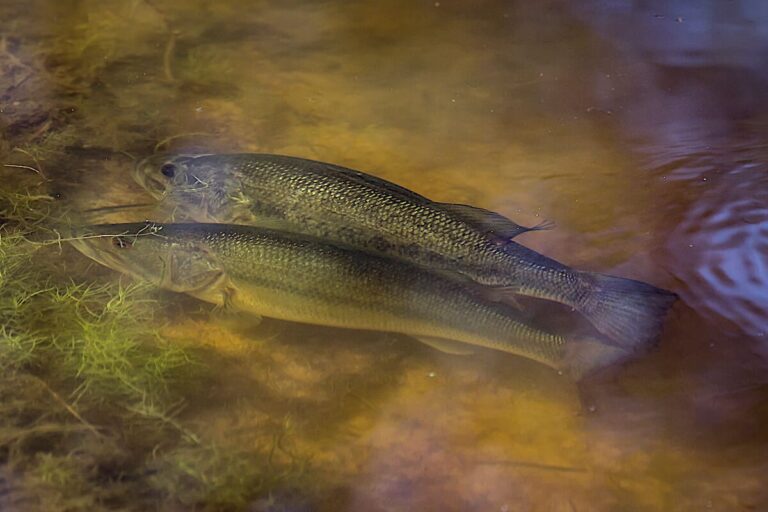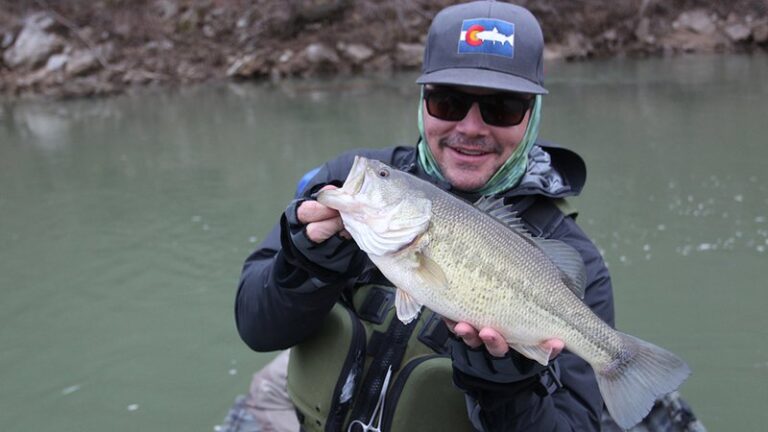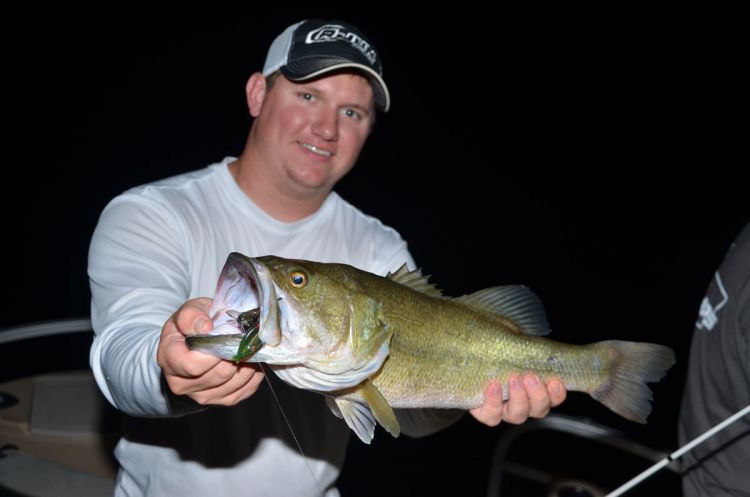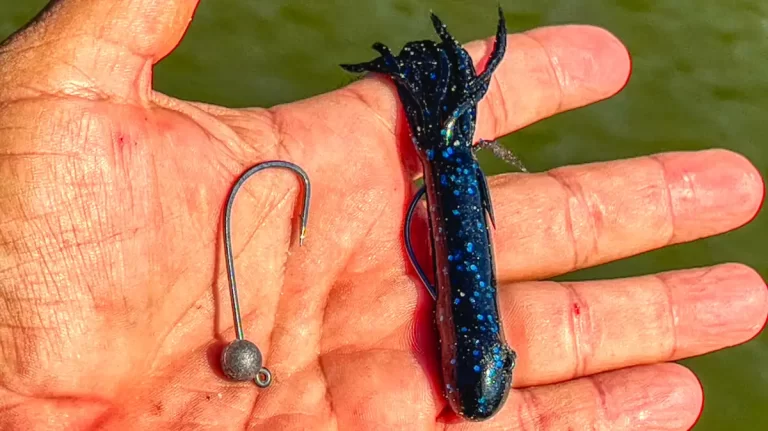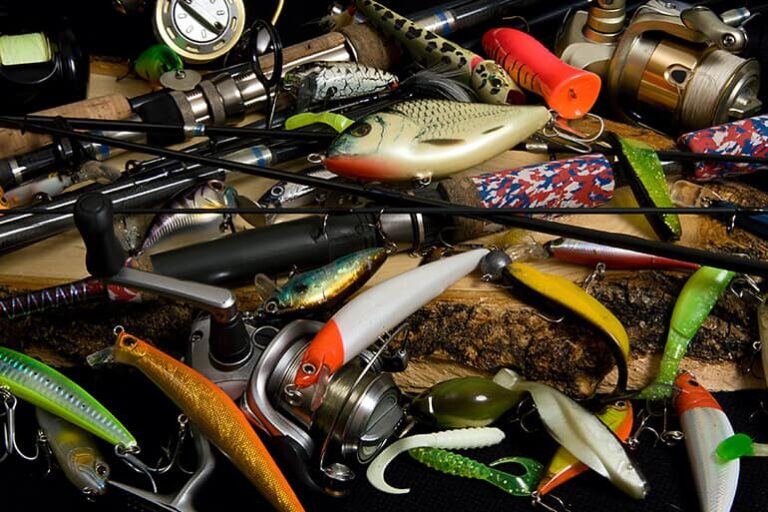How to Use the Tokyo Rig for Bass Fishing

As the name suggests, the Tokyo rig was created in Japan about a decade ago and has been catching bass ever since.
In the ever changing and competitive bass fishing world, you need to add as many lures, baits, and rigs to your arsenal to maximize success.
The Tokyo rig is a must have setup for bass fishing these days.
What is the Tokyo Rig?
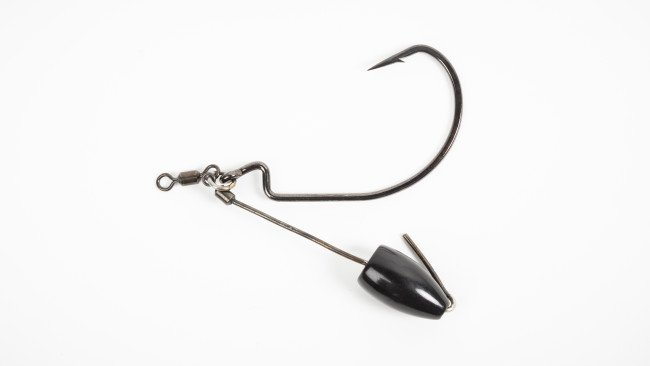
Simply put, the Tokyo rig is a worm hook attached to a swivel and a hanging wire to add weights to.
The hanging weight gives the Tokyo rig a presentation similar to a very compact drop shot.
You can add different styles and weights of sinkers to the hanging wire to best match your fishing strategy.
The Tokyo rig might look a bit funky, but it is a very versatile and effective bass fishing setup that you need to try.
Benefits of the Tokyo Rig
Weight Separate from the Bait
Contrary to a bass jig or a Texas rig, the Tokyo rig has the weight a couple of inches away from the bait itself.
This design results in a higher hook up ratio. The reason is that often times, when you are setting the hook with a jig or Texas rig, the weight at the from of the bait will rip out of the bass’s mouth and pry it’s mouth open.
This results in missing some fish. But with Tokyo rig, the weight is far away from the bait itself, and won’t open the bass’s mouth when you set the hook.
According to Mike Iaconelli, the Tokyo rig’s design results in about 20% higher hook up ratios compared to the other techniques.
Free Swinging Action
Since the hook is attached to a swivel, that bait can move vertically and horizontally 360 degrees.
This gives your bait much better action as it moves side to side and up and down.
Easy Weight Change
It takes about 15-20 seconds to swap out weights. All you have to do is unbend the wire, slide off your weight, slide on the new one, and bend the wire back.
If you find deeper water, the wind picks up, or any other reason you would need a different weight, you don’t have to retie a whole new rig.
Stays Out of the Muck
Many ponds and lakes have a muddy, silky, or leafy bottom. A Texas rig or jig will sink right into this and disappear from view.
The wire of the Tokyo rig keeps the bait up and out of this muck and debris so that bass can easily see and eat it.
How to Fish the Tokyo Rig
No matter what time of year it is or how bass are behaving, you can catch them on a Tokyo rig. The question is, which method will catch them today?
1. Bottom Rolling or Dragging
This is my personal favorite way to fish a Tokyo rig, but that is just my bias opinion.
I don’t have tons of patience and typically prefer fishing faster and covering more water.
So I love to rig up a paddle tail or creature bait and slow roll it on the bottom.
Make sure that you are keeping bottom contact and just slowly reel or drag the Tokyo rig along with sweeps of your rod.
The wire will keep the bait a couple of inches above the bottom, allowing bass to slurp it up much easier, while the hanging weight keeps the bait down.
My favorite times to fish this way are the winter and the pre-spawn.
During these seasons, bass are typically very low in the water column, and they just can’t resist a paddle tail swimbait.
2. Flipping and Pitching
The Tokyo rig doesn’t necessarily have any huge advantages when it comes to flipping and pitching, but it definitely doesn’t have any disadvantages.
You will work it just the same as you would a jig or Texas rig. Just flip it in and around shallow cover and get bites.
One great reason to choose a Tokyo rig over the other options is that the bass have probably never seen it.
Although it is very effective, not many anglers will tie on the Tokyo rig over the other options.
I have found that pressured bass will often eat a Tokyo rig when they won’t bite more popular baits and rigs.
3. Punching
I don’t do a lot of punching, but when I do, the Tokyo rig is my favorite setup.
The detached bullet weight pierces right through thick cover and clears a wide pathway for the bait itself.
Even Texas rigs sometimes struggle to punch through heavy vegetation because they land horizontally and don’t split through the vegetation.
But the hanging weight will always fall before the hook and soft plastic, making it incredibly reliable for punching.
4. Finesse Retrieve
Rig it up with a finesse worm or a fluke, and the Tokyo rig is essentially a compact drop shot.
I love this technique for shallow flats in the post spawn and summer months.
It allows you to get many of the advantages of a drop shot while still having lots of sensitivity and control of the bait.
And if there is sparse trees and rocks, the Tokyo rig handles them much better than the drop shot.
5. Bed Fishing
The Tokyo rig is quickly becoming my favorite bed fishing bait for spawning bass.
Hovering a crawfish or baitfish a couple inches above the bass’s bed makes them super mad and generates tons of bites.
You can also keep the bait in one place for long times and just shake it as it suspend in their face.
Without a doubt, you need to give this a try next time you fish the spawn.
When to Fish the Tokyo Rig
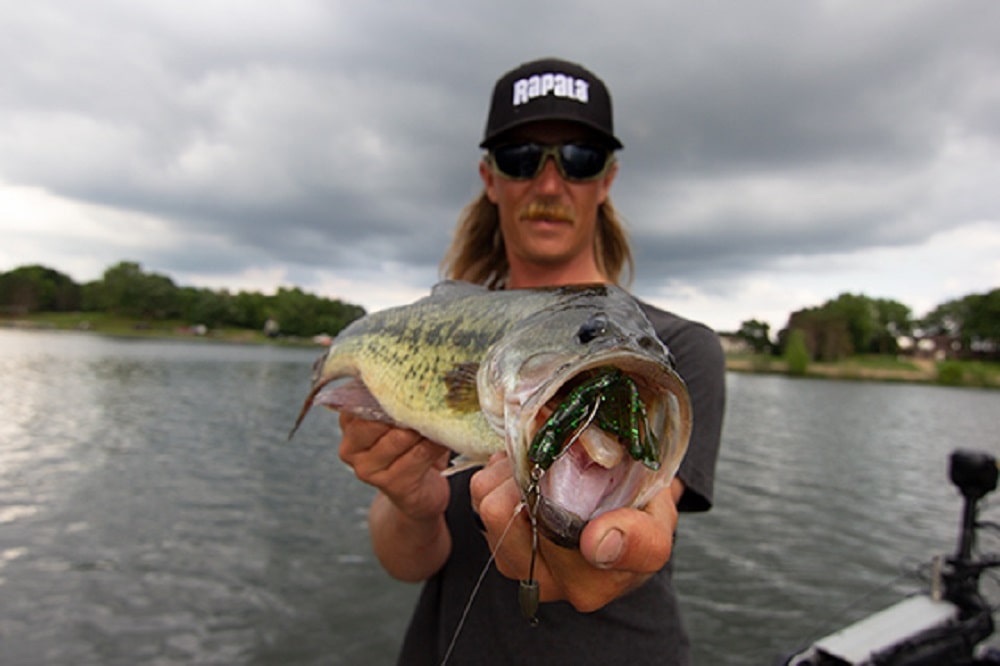
Because of the versatility and wide variety of retrieval methods, you can really fish it all year round.
My favorite seasons are the spring (pre-spawn, spawn, and post spawn), the dog days of summer in deep water, and when targeting more active winter bass.
Choose what soft plastics you use and how aggressively you fish them based on the water temperatures and bass behavior.
Stained Water
Water clarity is very important when choosing baits and lures. I only ever use a Tokyo rig in stained to muddy water.
I won’t throw it in clear water scenarios. As I am sure you realize, a metal wire and hanging weight, is not the most realistic visual presentation.
In very clear water, bass will tend to get spooked by the wire and weight and be very cautions of it.
My ideal water clarity for bass fishing a Tokyo rig is 1-3 feet of visibility.
You can experiment water clarities and wire sizes yourself, but this seems to be the best range.
Rod Setup
I fish the Tokyo rig with a 7′-7’3″ casting rod. It is good to have a sensitive tip and some backbone so you can still get good hook sets.
For the most part, you are going to use the exact same rod setup that you would when fishing jigs, Texas rigs, or Carolina rigs.
Line
I always use 15-25 lb fluorocarbon line. It doesn’t really matter whether this is as a leader or if you are using straight fluoro, because you are going to be fishing it in stained water.
The limited stretch and diameter of fluorcarbon are great for punching or covering water.
Best Soft Plastic Baits for Tokyo Rig
Creature Baits
Ideal for fishing cover when flipping, pitching, or punching.
Creature baits will give the big, aggressive profile that shallow, warm water bass love.
The flapping appendages will draw bass out from the cover and get them to bite.
Paddle Tail Swimbaits
I really only use these when bottom rolling the Tokyo rig. But that is my favorite way to fish it, and is absolutely lethal when paired with a paddle tail.
Straight Tail Worms or Flukes
These going to be your finesse options for either warm shallow water, or rocky cold water.
I especially love this combination when fishing for smallmouth in rivers.
How to Make a DIY Tokyo Rig
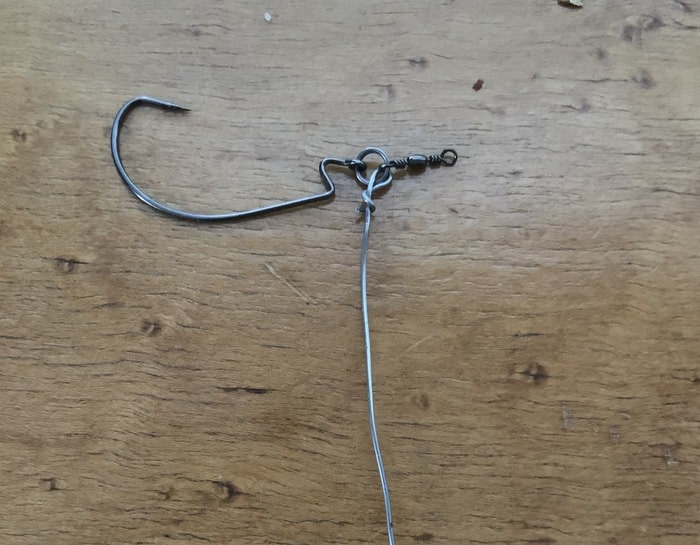
It is actually fairly easy to make your own Tokyo rig. All you need is a split ring, a barrel swivel, and some type of wire.
A paper clip will work just fine if you don’t have anything else. Then attach the barrel swivel and hook of your choice to the split ring.
Twist a loop into the wire and thread it onto the split ring as well. Now you have a fully functional Tokyo rig.
To be honest, DIY Tokyo rigs will work just about as well as the pre-rigged options.
Tokyo Rig vs Drop Shot
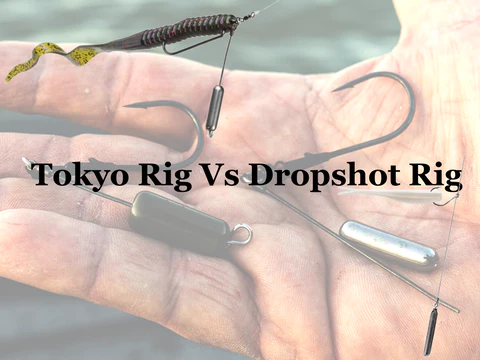
Although they are quite similar in appearance, their fishing applications are much different.
The drop shot is a clear water, finesse fishing rig that excels in high visibility water.
The drop shot is also fished on light line in open water, away from trees or grass.
The Tokyo rig is more of a compact, power fishing technique that is best for fishing cover and stained water.
The compact design comes in and out of cover with ease and the metal wire is very durable.
Tokyo Rig vs Jika Rig
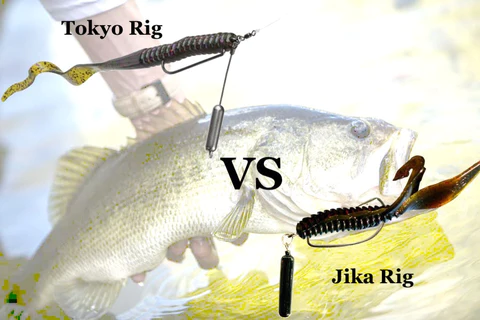
Not a lot of bass anglers have even heard of the Jika rig, but it has a striking resemblance to the Tokyo rig.
The difference is that the Jika rig has a long, drop shot style weight connected directly to the eye of the hook.
While the Tokyo rig has 2-3 inches of wire separating the weight from the eye of the hook.
Application wise, they are also very similar.
The Jika rig is actually a bit better for fishing in clear water, since there isn’t a long wire hanging from it. But it tends to dig into the mucky bottoms more.
While they ar very similar, the Tokyo rig stays a bit higher off the bottom which offers many benefits, but the Jika rig is more realistic, which has benefits of its own.
Reeling this In
The Japanese struck gold when they designed the Tokyo rig. Although it is not as popular as it should be, this setup can catch bass when nothing else does.
With every passing year, I find myself using the Tokyo rig more and more, and catching more and more bass on it.
If you haven’t tried it, I highly recommend that you add it to your bass fishing arsenal.

